 01:05:00
01:05:00
Is chemistry really so difficult?
Chemistry has progressed in a way few outsiders appreciate. It underpins many other sciences; from genomics and molecular biology, food and sports science, through to cosmology and planetary science. Why hasn't the public impression of chemistry evol....
More details | Watch now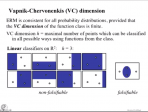 01:00:00
01:00:00
Statistical and causal approaches to machine learning
This talk introduces the basic ideas of machine learning, and illustrates them with application examples. It argues that while machine learning and "big data" analysis currently mainly focuses on statistics; the causal point of view can provide addit....
More details | Watch now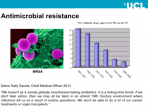 01:00:00
01:00:00
Harnessing the power of mobile phones and big data for global health
Infectious diseases rank among the gravest threats to human health alongside global warming and terrorism. New strains continue to evolve every year and can spread rapidly. The consequences can be devastating. The 1918 Spanish flu killed an estimated....
More details | Watch now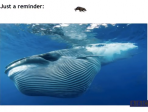 01:01:00
01:01:00
Genetic control and the mammalian radiation
To grow tissues in our body two key types of DNA control how, where and when to build essential proteins. Recent comparisons of mammal genomes show that instructions coding how to build proteins are similar across diverse species. In contrast the gen....
More details | Watch now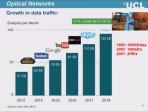 01:04:00
01:04:00
Communicating with light
Most of the data we generate and receive (whether emails, tweets, videos or mobile calls) are now carried by optical fibres, which use light to transmit vast quantities of information over trans-oceanic distances. The use of hundreds of wavelengths ....
More details | Watch now 01:13:00
01:13:00
Targeting the human kinome: cancer drug discovery
This lecture discusses how the discovery of the Philadelphia chromosome provided the first example of a link between cancer and a recurrent genetic abnormality. This chromosomal translocation, which results in activation of the Abl protein kinase, re....
More details | Watch now 01:01:00
01:01:00
How embryos build organs to last a lifetime
All the organs of our body originate from small founder populations of cells which multiply into complex structures. ÊAdult stem cells are used to maintain organs throughout adult life and to repair or regenerate them after damage.Ê Focusing on the....
More details | Watch now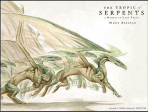 01:11:00
01:11:00
The Royal Society and science fiction
The lone (mad) scientist is a common trope in science fiction, but hidden away is a fascination with secret and semi-secret societies who work for the future of all mankind. This talk will look at the representation of the Royal Society in science fi....
More details | Watch now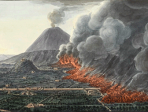 01:02:00
01:02:00
Vesuvius: volcanic laboratory or miracle of divine intervention?
Commentaries on Vesuvius have, for some two thousand years, see-sawed between observers' fascination with the phenomenon, as an inexplicable expression of the earth's inner force, and the relationship of the unpredictable mountain to a religious popu....
More details | Watch now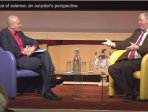 01:02:00
01:02:00
The importance of science: an outsider’s perspective
Award-winning author Bill Bryson speaks to Professor Jim Al-Khalili about his personal experiences and perspectives on science, from childhood and his school years, through to writing the highly successful 'A Short History of Nearly Everything' and e....
More details | Watch now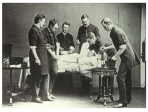 01:06:00
01:06:00
Staphylococcus aureus. The biography of a bug sometimes super, most often not
Thirty percent of us carryÊStaphylococcus aureusÊup our noses. Boils and infections after surgery bring it to our attention. Mutant clones are called MRStaphylococcus Aureus,ÊorÊMRSA. All these things make it important today.Ê Hugh Pennington CB....
More details | Watch now 01:00:00
01:00:00
Women’s work: Dorothy Hodgkin and the culture and craft of X-ray crystallography
The year 2014 was celebrated as the International Year of Crystallography. A number of successful 20th century women scientists, of whom the Nobel prizewinner Dorothy Hodgkin is perhaps the most prominent, achieved their distinction in this field. Wh....
More details | Watch now
